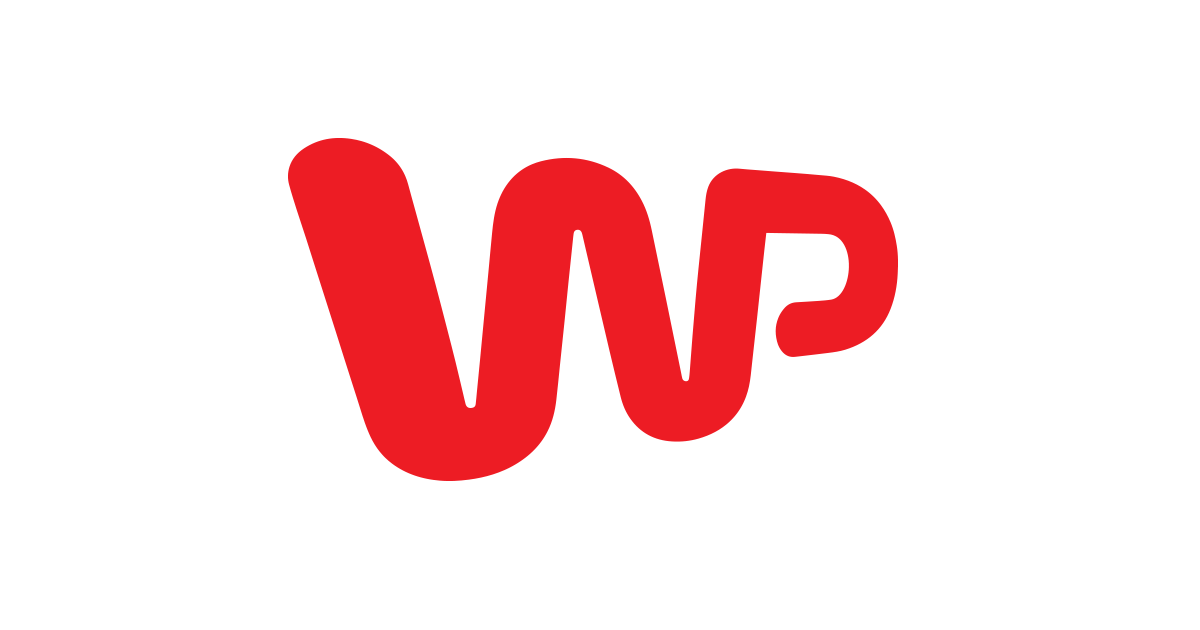Introduction to WP PL
WP PL, also known as WordPress Plugin Language, is a powerful tool that has revolutionized the way developers create and manage plugins for WordPress websites. With its ability to extend the functionality of WordPress, WP PL has become an essential part of the WordPress ecosystem. In this article, we will delve into the world of WP and explore its features, benefits, and best practices.
WP PL is a programming language specifically designed for WordPress plugin development. It allows developers to write code that interacts with the WordPress core and other plugins, making it easy to create custom functionality for WordPress websites. With WP, developers can create plugins that are fast, secure, and easy to maintain.
WP PL
One of the key advantages of WP PL is its simplicity. Unlike other programming languages, WP PL has a relatively low barrier to entry, making it accessible to developers of all skill levels. Whether you’re a seasoned developer or just starting out, WP is easy to learn and use.
Features of WP PL
WP has a range of features that make it an ideal choice for WordPress plugin development. Some of the key features include:
- Hooks: WP provides a range of hooks that allow developers to tap into the WordPress core and other plugins. Hooks enable developers to execute code at specific points in the WordPress workflow, making it easy to extend the functionality of WordPress.
- Functions: WP provides a range of functions that make it easy to perform common tasks, such as data validation and sanitization. Functions also enable developers to create custom functionality that can be reused throughout their plugin.
- Classes: WP supports object-oriented programming, making it easy to create complex plugins that are easy to maintain and extend.
WP also has a range of built-in security features, including data validation and sanitization. These features ensure that plugins are secure and protected against common web vulnerabilities.
Benefits of WP PL
WP PL offers a range of benefits for developers, including:
- Fast Development: WP’s simple syntax and range of built-in functions make it easy to develop plugins quickly and efficiently.
- Easy Maintenance: WP’s modular design makes it easy to maintain and update plugins, reducing the risk of errors and downtime.
- Improved Security: WP PL’s built-in security features ensure that plugins are secure and protected against common web vulnerabilities.
WP also has a large and active community of developers, making it easy to find support and resources when needed.
Best Practices for WP PL
To get the most out of WP, it’s important to follow best practices. Some of the key best practices include:
- Code Organization: Keep your code organized by using a consistent naming convention and separating your code into logical sections.
- Code Documentation: Document your code to make it easy for others to understand and use.
- Testing: Test your code thoroughly to ensure it works as expected and is free from errors.
By following these best practices, you can ensure that your WP PL code is efficient, secure, and easy to maintain.
Conclusion WP PL

WP is a powerful tool that has revolutionized the way developers create and manage plugins for WordPress websites. With its range of features, benefits, and best practices, WP is an essential part of the WordPress ecosystem. Whether you’re a seasoned developer or just starting out, WP is easy to learn and use, making it the perfect choice for your next WordPress project.
